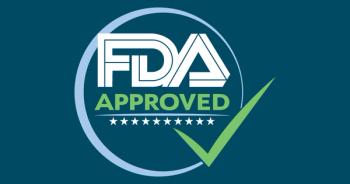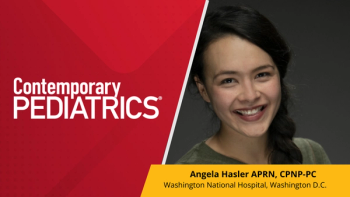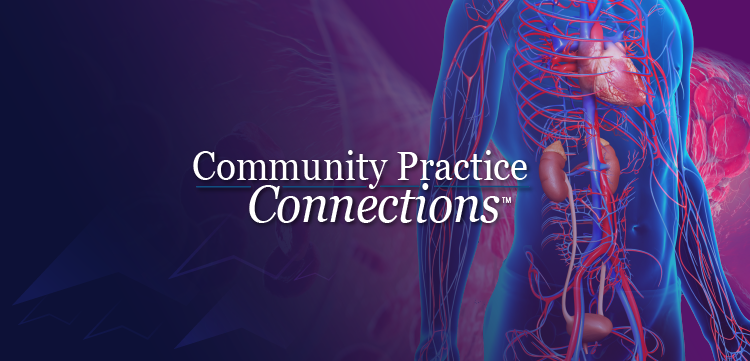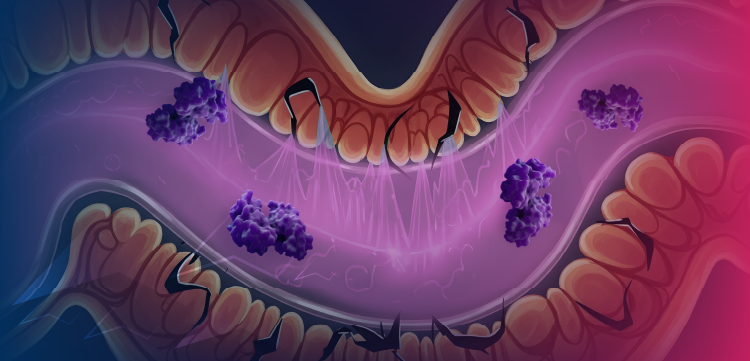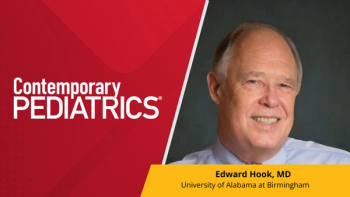
Social phobia in teens not just extreme shyness
Social phobia is not just an extreme form of shyness in most teenagers, and it often requires referral and/or intervention from a pediatrician, according to recent research. In a recent study, 12% of teens who identified themselves as shy met the criteria for social phobia, and another 5% of those who did not consider themselves shy also met the diagnostic criteria. You may be surprised to discover how rare it is for adolescents with social phobia, even those with significant impairment, to receive treatment.
Social phobia is not just an extreme form of shyness in most teenagers and often requires referral and/or intervention from a pediatrician, according to recent
Marcy Burstein, PhD, and colleagues at the National Institute of Mental Health found that, contrary to the popular view that social phobia is just a pathologization of normal, 12% of teens who identified themselves as shy meet the criteria for social phobia. Five percent of those who did not consider themselves shy also met the diagnostic criteria. “Such results contest a direct linear relationship between shyness and social phobia and suggest that, for some adolescents, the presence of social phobia might be independent of shyness,” according to researchers.
Further supporting a distinction between shyness and social phobia, the study found that adolescents who met criteria for social phobia displayed significantly greater impairment than shy youth in school and work ability (4.32 vs 2.68 on a 10-point scale), social interactions (4.41 vs 2.8), and family life (2.23 vs 1.22). Shy adolescents did not report any more impairment in these areas than their not-shy peers. Teens with social phobia were 2 to 3 times more likely to experience anxiety, depression, behavioral disorders, and substance abuse as non-shy peers, and shy adolescents were less likely than other teens to have behavioral disorders or to abuse drugs or alcohol.
“The results of the present study emphasize social phobia as an impairing psychiatric disorder, beyond normal human shyness,” the researchers say. “Although many adolescents with social phobia demonstrate marked impairment, results suggest that few ever seek or obtain professional help.”
Only 12% of socially phobic adolescents take any medication for anxiety, and just 2.3% take paroxetine. Slightly less than 1% of shy teens and 0.6% of non-shy adolescents also take paroxetine. About 3.5% of shy and not-shy teens take an antidepressant; 7.5% of youth with social phobia do. Adolescents with social phobia have sought out treatment for anxiety at 3 times the rate of their shy or not-shy peers (22.7%, 7.2%, and 6.6%, respectively).
Parents and adolescents reported more shyness among girls (65% and 50%, respectively) than boys (60% and 43%, respectively), but no gender difference was seen in the incidence of social phobia. Shyness also appeared to diminish (parental report) or stay the same (adolescent report) with age, whereas social phobia increased over time, rising from 6.3% of children aged 13 and 14 years to 10.4% of those aged 17 and 18 years.
The study analyzed data from the National Comorbidity Survey-Adolescent Supplement, a face-to-face survey on a variety of mental disorders conducted with more than 10,000 US teens aged 13 to 18 years, and a mailed survey of nearly 6,500 of their parents.
Newsletter
Access practical, evidence-based guidance to support better care for our youngest patients. Join our email list for the latest clinical updates.

